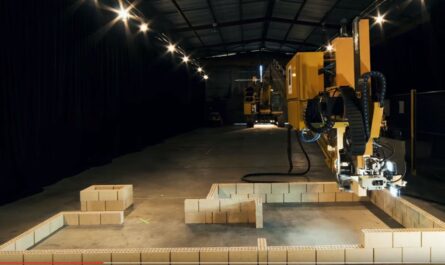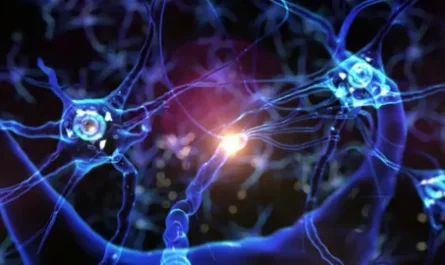A team of American scientists, led by Northwestern University’s Asst. Prof. Sam Kriegman, has developed an AI-based algorithm capable of designing purpose-specific robots within seconds. This algorithm, called ‘compressed evolution,’ utilizes the principles of natural evolution, allowing it to determine the optimum body shape for robots by learning from past biological traits.
The algorithm was first used in a study two years ago when Kriegman introduced Xenobots, tiny bioengineered robots capable of reproduction. However, the process of designing these robots took months using a supercomputer. Now, the algorithm has been refined to the point that it can run on a regular laptop computer and deliver results in less than 30 seconds.
Traditionally, evolving robots required weeks of trial and error on powerful supercomputers. Similarly, in nature, the process of evolution took billions of years to shape animals capable of running, swimming, and flying. The algorithm developed by Kriegman’s team removes the blindfold of evolution by compressing billions of years of evolution into an instant, providing insights into what biological traits work and what do not.
To test the technology, the researchers tasked the algorithm to design a robot capable of walking across a flat surface. Interestingly, the system had no knowledge of previous attempts at walking robots. Starting with a digital block of material, the algorithm created multiple designs based on past successes and failures. After 26 seconds and nine generations, the algorithm generated a design that could walk half its body length per second using three inline legs. A physical silicone model of the robot was built and successfully demonstrated walking when air was pumped in and out of its body.
The potential applications of this technology are vast. Once further developed, it could be used to optimize the design of robots for various purposes, including searching for survivors in disaster sites, conducting repairs in sewage systems, and performing medical procedures inside the human body.
Kriegman noted that humans often design robots to resemble familiar objects, but AI has the ability to create new possibilities and paths that humans may never consider. This technology can help us think differently and potentially solve some of the most challenging problems we face.
The study detailing the algorithm’s capabilities was recently published in the journal Proceedings of the National Academy of Sciences.
*Note:
1. Source: Coherent Market Insights, Public sources, Desk research
2. We have leveraged AI tools to mine information and compile it




